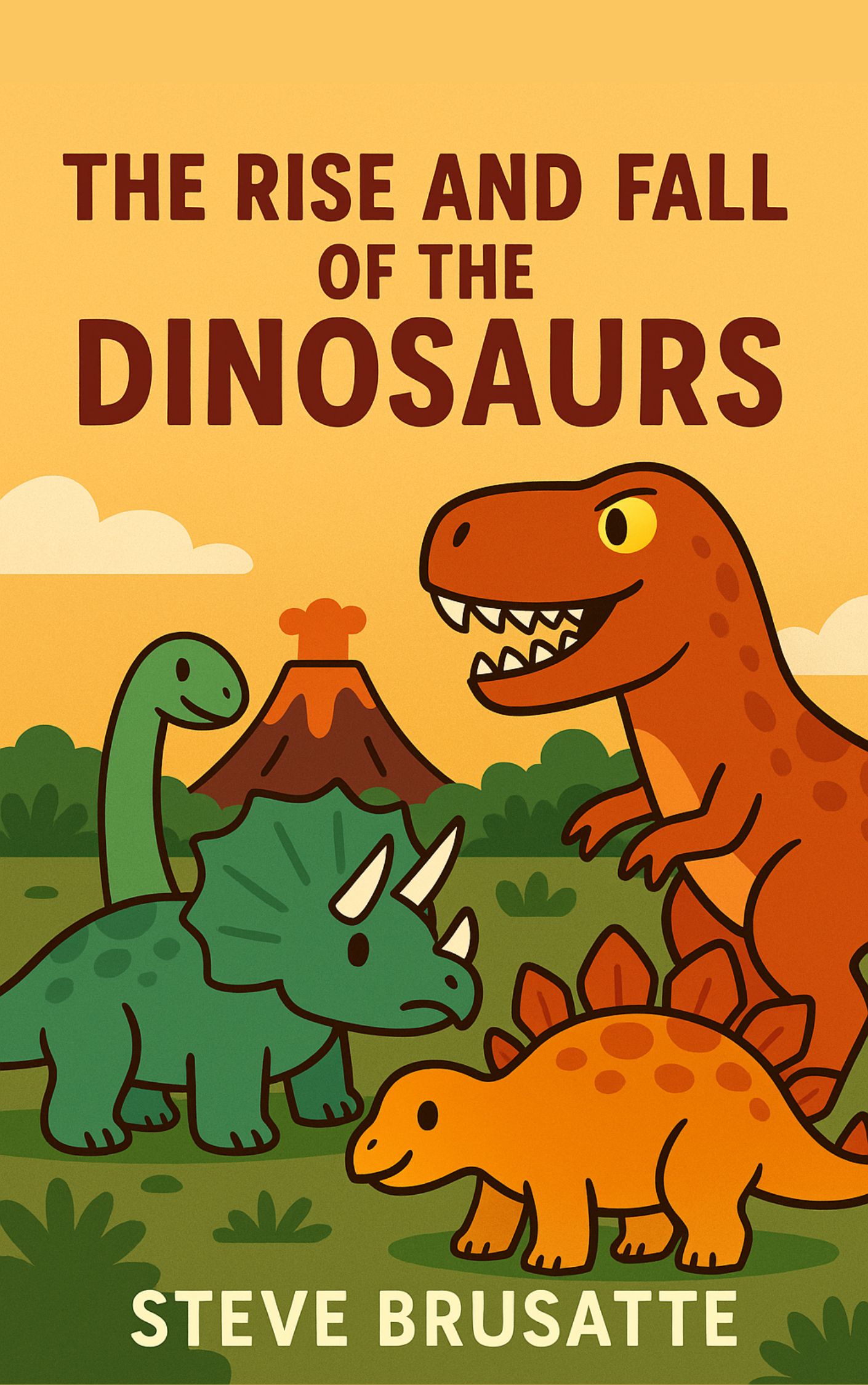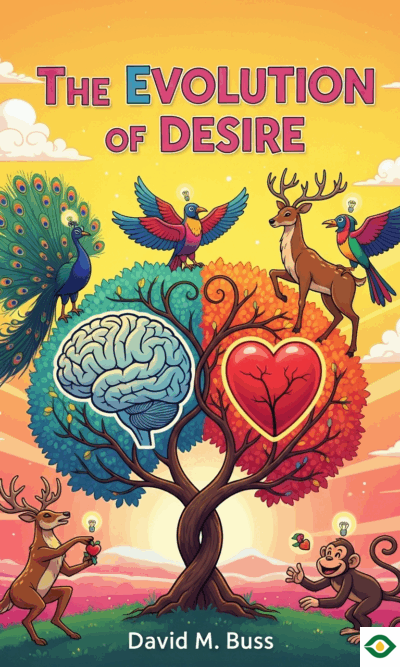Description
Dinosaurs are some of the most fascinating creatures to ever live on Earth. They ruled the planet for nearly 200 million years, long before humans appeared. Their story is not just about giant reptiles stomping across the land. It is a tale of survival, change, adaptation, and eventual extinction. It shows us how fragile life can be, and how even the most powerful creatures are never guaranteed to last forever.
Life on Earth began long before dinosaurs. Strange fish, amphibians, and reptile-like animals were the first to walk on land. Then came one of the greatest disasters in history. Around 252 million years ago, massive volcanic eruptions wiped out almost 90 percent of life. This event cleared the stage, creating space for new creatures to evolve. From this destruction rose the first dinosaurs, small and modest compared to the giants they would later become.
At first, dinosaurs were not dominant. They lived alongside many other reptiles and competed for food and land. They were just one group among many. But over time, they proved more adaptable. Climate shifts and the decline of other reptiles allowed them to spread widely. From small hunters to enormous plant-eaters, dinosaurs began to fill every ecological niche.
One of the keys to their success was diversity. Dinosaurs split into several groups: the long-necked sauropods, the sharp-toothed theropods, and the plant-eating ornithischians. Each found ways to survive in different environments. Fossil sites in South America, North America, and Asia show how they spread across the ancient supercontinent Pangea and beyond. Over millions of years, they became the true rulers of Earth.
The breaking apart of Pangea led to new land formations and climates, and dinosaurs thrived through these changes. Some grew to sizes never seen before in land animals. The sauropods, such as Brachiosaurus and Diplodocus, stretched to enormous lengths, feeding high in the treetops. They were so large that early fossil hunters thought their bones must belong to whales. Their size gave them both protection from predators and access to food no other creature could reach.
The fossil record from the Jurassic period is especially rich. Many of the most iconic dinosaurs we know today come from this time: Stegosaurus with its plates, Allosaurus with its sharp teeth, and the giant sauropods that towered over them all. Rival scientists in the nineteenth century raced to uncover these fossils in what became known as the Bone Wars, discovering dozens of new species in the process.
As the world moved into the Cretaceous period, dinosaurs continued to diversify. Some predators grew even more terrifying. Among them was the family of tyrannosaurs. The most famous, of course, was Tyrannosaurus Rex. But the T. Rex was only one of many. Earlier members of the family were smaller, living in the shadow of other predators before eventually rising to dominate. By the late Cretaceous, T. Rex had become the apex predator of North America.
T. Rex was a true king of the dinosaurs. It was massive, weighing several tons, with a bite force greater than any land animal before or since. Its teeth could crush bone, and its keen senses made it a skilled hunter. Fossils suggest it may have hunted in groups, making it even more dangerous. Despite its tiny arms, it was a highly effective predator. Scientists even know details of its intelligence, since scans of its skull show it had a relatively large brain compared to other dinosaurs.
But T. Rex was not the only remarkable dinosaur of the time. In other parts of the world, different species took the crown. In South America, giant carnivores like carcharodontosaurs ruled. On small islands like ancient Transylvania, miniature dinosaurs evolved due to limited resources. And everywhere, herbivores like Triceratops flourished, feeding in great herds and defending themselves with horns and bony frills.
The story of dinosaurs is not only about dominance but also about transformation. Birds, the creatures we see today, are direct descendants of small, feathered dinosaurs. Fossil evidence shows that feathers appeared first for warmth or display, not flight. Over time, some species learned to glide and eventually fly. This makes birds living dinosaurs, carrying their legacy into the modern world.
The end of the dinosaurs came suddenly and violently. Around 66 million years ago, a massive asteroid struck Earth in what is now Mexico. The impact was catastrophic, releasing energy equal to billions of nuclear bombs. Fires, tsunamis, and years of darkness followed. Seventy percent of all species vanished, including nearly all dinosaurs. Only a few bird-like dinosaurs survived, becoming the ancestors of today’s birds.
Some scientists argue that dinosaurs were already in decline due to climate changes and shifting ecosystems. Others believe they were still thriving until the asteroid struck. Either way, the impact sealed their fate. The world that had been theirs for so long was gone forever.
The rise and fall of the dinosaurs is a powerful reminder of how life adapts and changes over time. For hundreds of millions of years, they ruled the Earth. They grew to unimaginable sizes, developed incredible forms, and spread across every continent. They survived mass extinctions and thrived through drastic climate shifts. But in the end, one event from space ended their reign.
Their story is still with us today. Fossils continue to be uncovered, revealing new species and new insights. Birds carry their genetic legacy in the skies above us. And humans, though far younger as a species, can learn from their history. The dinosaurs teach us about resilience, evolution, and the fragile balance of life on Earth.
In short, the tale of the dinosaurs is both inspiring and humbling. They were rulers of a world far older than ours, shaping Earth’s ecosystems for millions of years. Their sudden end shows us that nothing is permanent, not even the mightiest creatures. Yet their legacy lives on, reminding us every day that change is the only constant in nature.





